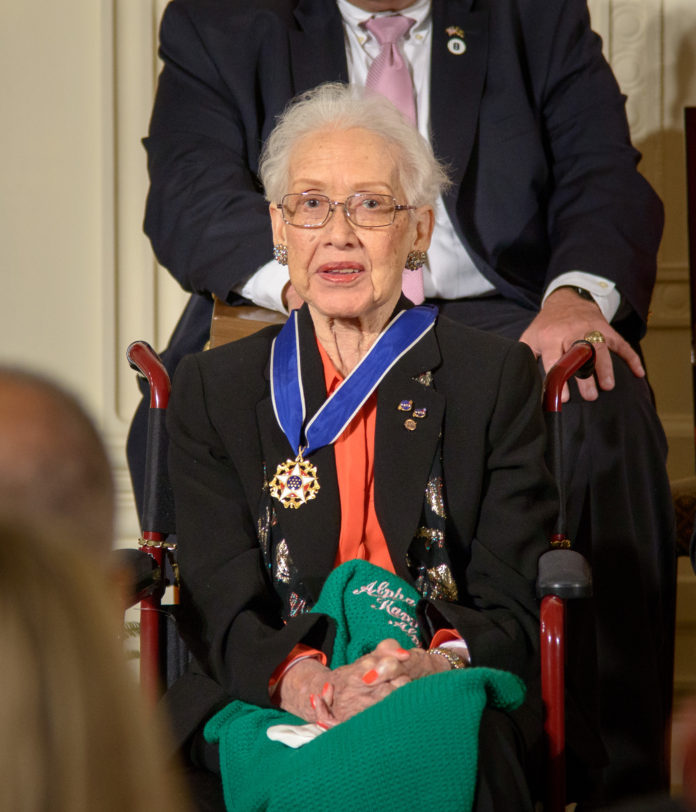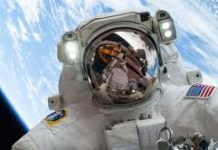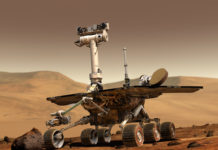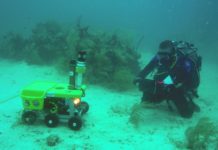
NASA announced the death of Katherine Johnson on Monday. She was 101 years old and had been one of NASA’s “human computers.” While her work went unacknowledged for decades, she was one of the subjects of the 2016 book “Hidden Figures,” which was made into a well-received movie the following year.
Johnson was born Katherine Coleman in 1918 in Sulphur Springs, West Virginia. She quickly became known as a math prodigy and graduated from West Virginia State College, which was historically black, in 1937. Two years later, she was one of three black students chosen to integrate West Virginia University’s graduate school, where she enrolled in its math program.
Johnson also married Jim Goble, her first husband, and they had three daughters. She divided her time between raising her daughters and a teaching career until 1953 when she joined the National Advisory Committee for Aeronautics’ West Area Computing section at their Langley laboratory. She was quickly assigned to the Flight Research Division, where she worked for years.
Johnson’s career took off as the space race between the US and the USSR intensified during the mid-1950s. In 1960, she became the first woman in the Flight Research Division to receive credit for a report after she co-authored a paper about suborbital landings. A year later, she was assigned the task of performing trajectory analysis for Alan Shepard’s mission, which was the first human spaceflight in the US.
Johnson became known for her accuracy. In 1962, astronaut John Glenn asked for her help with his mission to orbit the Earth. He didn’t trust the computers that had calculated his flight trajectory and wanted Johnson to doublecheck the calculations. Johnson later recalled Glenn saying, “If she says they’re good, then I’m ready to go.”
The calculations were good, and Glenn successfully orbited the Earth. Later, Johnson mapped the surface of the moon before the 1969 landing. She also worked on the Apollo 13 mission and produced the charts and backup procedures that helped the astronauts return safely to Earth. By the time she retired from NASA in 1986, Johnson had also worked on the Space Shuttle program and Earth Resources Satellite. She was also the author or co-author of 26 reports.
In 2015, President Barack Obama awarded her the Presidential Medal of Freedom, which is the highest honor an American civilian can receive. After the publication of “Hidden Figures,” NASA renamed one of their facilities the Katherine Johnson Independent Verification and Validation Facility.
Jim Bridenstine, the Administrator of NASA, called Johnson an “American hero.”
In a statement, he said, “Ms. Johnson helped our nation enlarge the frontiers of space even as she made huge strides that also opened doors for women and people of color in the universal human quest to explore space. At NASA we will never forget her courage and leadership and the milestones we could not have reached without her.”





